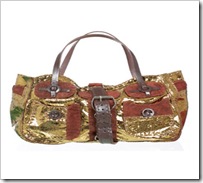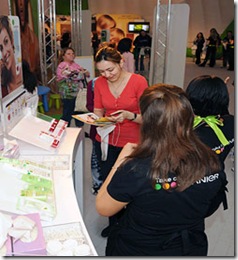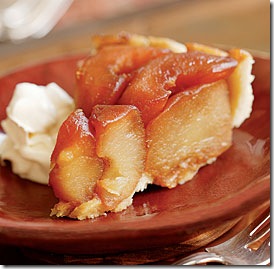
Although there are other factors of a diamond piece that experts consider, like its symmetry, table percentage, and fluorescence, to determine its value, consumers usually learn about the four Cs beforehand as a starting point.
1. Cut - the cut of a diamond actually pertains to both its shape and how well the diamond is formed in relation to its proportions and polish. This factor of a diamond defers from all the others, as it is the only one that is determined by human hands. Nature is responsible for a diamond's color, clarity and carat, but only an expert cutter can make a rough diamond achieve its most beautiful form.
2. Color - the color of a diamond varies from shades of yellow to the higher quality and more uncommon colorless types. A diamond's color is graded, D being the highest for the perfectly colorless stones, to grade Z, which has tints of yellow in the piece.
3. Clarity - like our own fingerprints, no two diamonds are alike. This is because diamonds have inclusions, tiny internal flaws of non-crystallized carbon that are mostly invisible to a human eye. These inclusions affect a diamond's clarity, which is the degree in which light passes through the stone.
4. Carat - pertains to a diamond's weight and is measured in increments called points, 100 points being equal to one carat. Since larger diamonds are rare, the value of a 2-carat diamond is priced higher than that of 2 1-carat diamonds of the same quality.
The quality of a diamond can bring a higher price and a better end product. Daniel Joines is the owner Polished Diamonds. For High Quality Diamond Rings at 1/2 retail shop available at: Polished Diamonds.co.nz - The Diamond Ring Specialist in New Zealand
Paul Easton is the Marketing Director for Polished Diamonds. High Quality Diamond Rings at 1/2 retail Prices available at: => Polished Diamonds.co.nz - The Diamond Ring Specialist in New Zealand.













Recently, a pink coloured diamond weighing 0.70ct was submitted to DCLA laboratory for certification and colour authentication. The colour was described as 3 PP on a diamond report issued by another Australian-based laboratory.
After routine examination however, DCLA discovered that when the diamond is viewed under high magnification with reflected diffused light, a patchy iridescent coating is visible on the surface. This coating is also easily visible on the pavilion facets of the diamond when viewed through the table. However, when the diamond is observed under magnification with regular diffused light, the pink coloration appears evenly distributed, particularly when viewed face up.
The pink colour is the result of a coating rather than from natural lattice defects in natural pink diamonds. Surface coating is the process of adding a thin layer of coloured foreign material to all or part of a gemstone's surface, with the intent of either masking the underlying body colour or enhancing a desirable colour. Most often, this coating is applied to the pavilion and/or girdle of the diamond; the way that light refracts as it passes through a diamond creates the illusion of uniform colour distribution.
The durability of diamond coatings vary considerably, depending on materials used and methods of coating applied. Most recent advances in technology employ a very thin optical or chemical film which is more durable than older methods, but still readily worn away by heat, scratching, abrasion, polishing, and just everyday wear.
Coating is a deceptive practice; we do not know the number of coated pink diamonds which have entered the marketplace, but the DCLA has seen a number of treated stones of late. Of particular concern is when such treated diamonds are accompanied by seemingly legitimate reports or paperwork.
DCLA screens every diamond submitted to the laboratory for all known treatments, and will not issue a diamond certificate for treated or synthetic diamonds.
This article has been illegally used - because it has removed the html link for the bottom of the article. Please use the correct links in the html at bottom of article as sen here:
http://ezinearticles.com/?The-Four-Cs-of-Diamonds&id=1758231